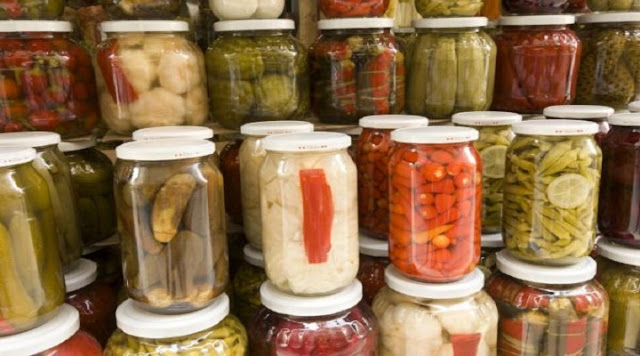Biopreservation Methods Help in the Storage of Foods and Medical Equipment’s In a Proper Temperature to Maintain the Efficacy Rate
Biopreservation methods are followed in many regions across
the globe, especially in regions such as the U.S., U.K., and Italy, among
others. Biopreservation is a method of preservation that involves the
prevention of the growth of microorganisms. This can be done by any method of
detergent preservation, including biological ice thawing, activated sludge, and
carbon dioxide refrigeration.
Biopreservation is commonly employed in medicine as well as
in the agricultural sciences. The biopreservation
technique involves the reduction of cells of a living thing under controlled
conditions. This prevents the emergence of any type of disease or abnormality
in the cells of the preserved sample. The most common type of biopreservation
is known as cell preservation. In this procedure, cells of different types are
frozen, treated with formaldehyde, and then stored at low temperatures. The
quality of the cells can thus be maintained even after many years.
Biopreservation has been widely used in the food industry as
it is now possible to store food at low costs. Freeze-drying is one of the
methods of preservation used in this regard. Food manufacturers now can keep
their produce fresh and save money on food expenses. They can also increase the
lifespan of their food by using these techniques.
Freeze-drying is also employed for making pharmaceuticals.
Therapeutic proteins produced from cells of human or animal origin are produced
by this method. They are more potent than those produced through chemical
methods. They also exhibit exceptional stability and potency, making them ideal
proteins for therapeutic purposes.
During the past twenty years, biopreservation has gained
much popularity due to its capacity of sustaining and enhancing the quality of
life. Biopreservation methods can preserve microorganisms for a long period;
however, the effects of aging cannot be avoided completely. Some microorganisms
are capable of developing immunity to commonly used preservation methods. It is
therefore important to select the right method for biopreservation that is
highly effective and highly appropriate for the type of microorganisms being
preserved.
Freeze-drying and other modern techniques have made the task
of biopreservation a lot easier, but their effectiveness is still under debate.
There are many arguments on whether these methods preserve microorganisms
effectively enough. Many experts maintain that microorganisms do not die
naturally and that they become extinct with time. They also argue that there is
no way to restore these once gone organisms back to their original states.



I Like to add one more important thing here, The Global Biopreservation Market is expected to be around US$ 6.10 Billion by 2025 at a CAGR 11.65% in the given forecast period.
ReplyDelete